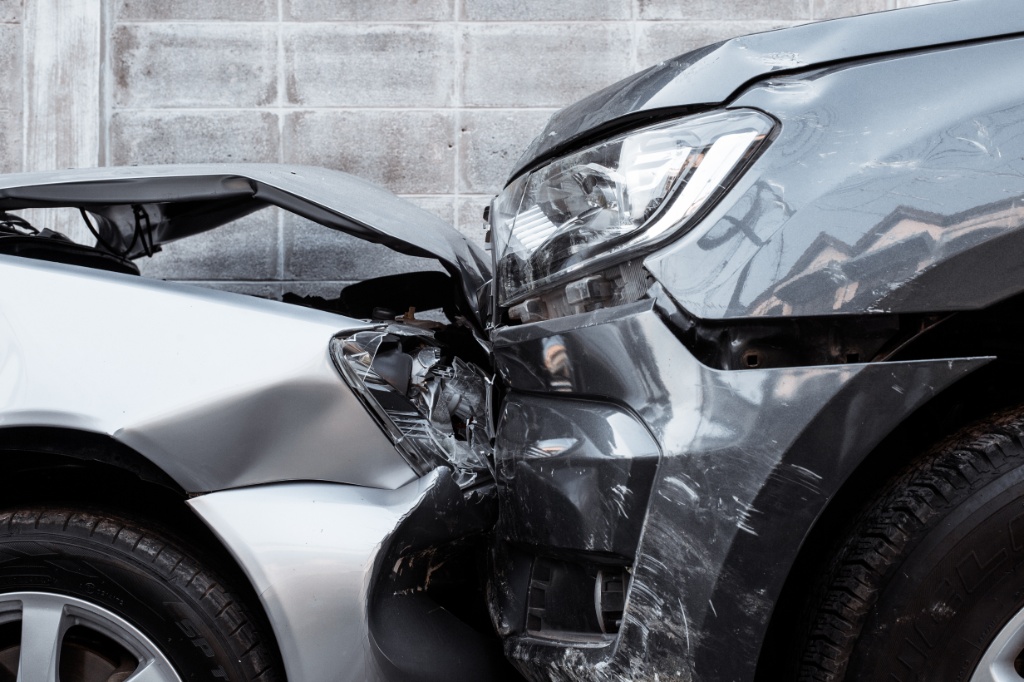October 20, 2014 | car accident Claims
Rules for Driving an Off-Road Vehicle in Ontario
Table of Contents
The Ontario Ministry of Transportation sets clear guidelines regarding off-road vehicles. The rules, detailed in the Off-Road Vehicles Act (R.S.O. 1990, CHAPTER O.4), explain the vehicle requirements, driving requirements, and basic rules of the road. This could help you avoid an off-road vehicle accident.
Off-Road Vehicle Requirements
The Ministry requires off-road vehicles, often referred to as all-terrain vehicles (ATVs), to meet certain standards and guidelines.
In Ontario, Off-Road Vehicles Must Meet The Following Requirements.
- be less than 1.35 meters wide, excluding mirrors.
- weigh 450 kg or less.
- have low-pressure bearing tires.
- be registered and display a rear license plate.
- be insured under a motor vehicle insurance policy.
- meet the motor vehicle safety standards prescribed for restricted-use motorcycles in the Motor Vehicle Safety Act.
- be equipped with an appropriate service brake, parking brake, and parking mechanism.
- and, be equipped with a brake light on the rear of the vehicle.
To ensure your off-road vehicle meets regulations, or for a more complete list of rules, you can visit your local Service Ontario center or Driver and Vehicle Issuing Office.
Off-Road Vehicle Driver Requirements
In Order To Be Legally Eligible To Drive An Off-Road Vehicle, You Must Meet The Following Requirements.
- be at least 16 years old.
- have at least a valid G2 or M2 licence.
- wear a motorcycle helmet, fastened with a chin strap.
- and, abide by the rules of the road.
Rules Of The (Off) Road
The Ministry lists 14 specific rules of the road for off-road vehicles in R.S.O. 1990, c. O.4, 24. If you like to go off-roading, it’s crucial to know and adhere to these rules not only for practical safety reasons, but also for liability reasons should an accident or injury ever occur.
Some Of The Rules By Which Off-Road Vehicle Operators Must Abide Include The Following.
- drive on the shoulder of the highway in the direction of traffic.
- allowed to drive on the actual roadway if there is no shoulder or if the shoulder is obstructed in some manner.
- drive as close to the edge of the shoulder as practicably and as safely as possible, or if riding on the road, as close to the edge as possible.
- yield the right of way to vehicles already using the shoulder or the roadway.
- can’t drive on the median of a highway, or on any part of the highway designated as a construction zone.
- passing other vehicles is prohibited, except that you may pass another off-road vehicle when safe.
- use traditional hand signals to indicate the intention to turn.
- ride with your headlights and tail lights on.
- and, obey the speed limit guidelines (20 km/h maximum speed in a 50 km/h or less zone, and 50 km/h maximum speed if the speed limit is 50 km/h or greater).
Need Legal Counsel? Call Preszler Injury Lawyers
If you have legal questions or concerns or have been involved in an off-road vehicle accident in Ontario, call one of our lawyers at Preszler Injury Lawyers for assistance. Contact us at 1-800-JUSTICE® for a free case evaluation today.
Blog Categories
More car accident Topics
Here’s more information on car accident related topics that we think you might find helpful.

car accident
|
March 19, 2025
Recognizing Concussion Signs After a Car Crash
The shock of a car crash can be overwhelming. The resulting injuries can be devastating, particularly concussions. Recently, there has been an increasing awareness of…

car accident
|
July 3, 2024
Motor Vehicle Fatalities on the Rise in Canada – 2024 Data Study
Overall Findings: After three decades of decline, the number of motor vehicle fatalities in Canada went up by 6% in 2022 The number of fatalities…

car accident
|
September 13, 2023
Traffic Signals: Be Careful Even on a Green Light
From a young age, we are taught that our traffic signals designate directions by colour: red means ‘Stop ‘; green means ‘Go.’ Designating traffic directions…
